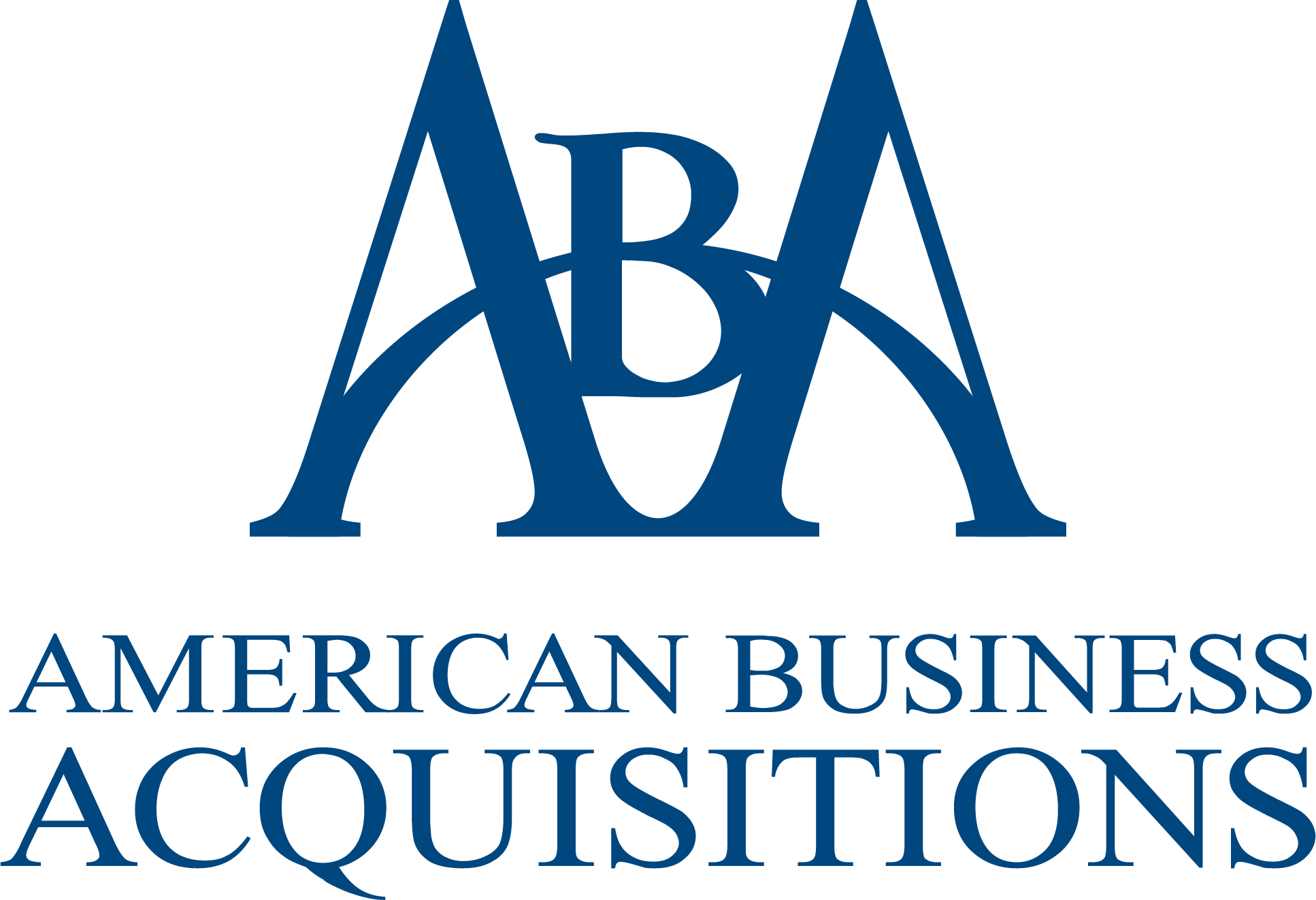Selling a business can result in a large sum of money. However, it could end in a significant loss due to capital gains tax. As a business owner, you must understand how to minimize this financial burden to keep more of your hard-earned revenues. In this blog article, we’ll delve into the complicated subject of capital gains tax and how it affects when selling a business. We’ll also uncover legal and aggressive ways to avoid it, allowing you to keep more of your revenues.
Imagine being able to keep a larger portion of your profits and using those funds to fund more investments or live the life you’ve always desired. This blog article will get you a little closer to that reality. So, whether you’re preparing to sell your firm or simply looking ahead, it’s critical to read on and arm yourself with the knowledge and insights necessary to safeguard your fortune. Our objective is to help you on this path to financial efficiency and profit, so you may save thousands, if not millions, of dollars by avoiding capital gains tax.
With our assistance, you will be able to legally avoid this onerous tax and keep more of your hard-earned revenues. We’ll peel back the layers of this daunting financial load to reveal the methods of lowering your capital gains tax. Every word you read has the potential to save you millions, so dig in and learn how to minimize capital gains tax while selling your business. Don’t let the government steal what is properly yours.
Contents
Understanding Capital Gains Tax

When we speak about capital gains tax, we are referring to the levy you pay on the profit, or ‘gain,’ you make when selling a business or asset for more than its purchase price, or ‘basis.’ This tax has been a hot-button issue for business sellers, given the potential for substantial financial impact.
Basis, Gain, and Tax Rate
Your basis is the initial financial investment in a business, including the purchase price and any additional costs associated with its acquisition. For instance, if you acquired a company for $500,000 and spent another $100,000 on improvements, your basis would be $600,000.
The gain is the difference between your basis and the selling price. If you sell the same business for $1 million, your gain would be $400,000 ($1 million selling price minus $600,000 basis).
The tax rate applied to this gain varies based on the length of ownership and the seller’s tax bracket. As of my knowledge cutoff in 2021, short-term capital gains (assets held for less than one year) are taxed as ordinary income, while long-term capital gains (assets held for more than one year) are taxed at rates of 0%, 15%, or 20%, depending on income. However, these rates can change, and other taxes, like the Net Investment Income Tax, can also apply. I suggest verifying current rates with a tax professional or reliable source such as the Internal Revenue Service (IRS) in the United States.
When and How Capital Gains Tax Applies
At the moment of sale, capital gains tax is paid. As a business owner, you must pay this tax in the year you sell your company. It is important to note that the tax only applies to the net gain from the sale of the firm, not the full selling price. It’s also important to realize that various types of assets inside a firm may be taxed differently. For example, tangible assets, such as buildings and equipment, degrade with time, which might influence your basis and the computation of your gain.
Every business sale is unique, and how capital gains tax is applied can vary widely based on individual circumstances. Professional advice from a tax specialist is vital in understanding your potential tax obligations and planning for an efficient business sale.
Legal Strategies to Minimize Capital Gains Tax
Legal strategies are available to business owners aiming to minimize their capital gains tax liability. Some of these techniques can be highly effective, allowing sellers to keep more of their gains while staying within the boundaries of tax law. Let’s dive into these strategies.
Installment Sales
Installment sales enable a business owner to stretch the profit from a deal over several years, spreading the tax burden as well. This technique is especially advantageous if spreading out the gain prevents the seller from entering a higher tax bracket in any one year.
Assume you have a $1 million profit from a company transaction. You may be taxed at the highest capital gains rate if you get the whole amount in a single year. However, if you get the payment in five installments, your taxable income each year may remain in the lower band, resulting in a reduced total tax.
It’s important to note, though, that the buyer will need to agree to an installment sale, which could affect the terms of the sale or the selling price. Also, installment sales have other tax implications and risks, such as interest income and potential default by the buyer.
Section 1031 Exchanges
A Section 1031 exchange, named after Section 1031 of the U.S. Internal Revenue Code, allows a seller to defer paying capital gains tax by reinvesting the proceeds from the sale into a similar type of asset or business, known as a “like-kind” property. This strategy can be complex and has strict rules regarding timelines and the type of properties that qualify.
For example, if you sell a manufacturing business, you could potentially use the proceeds to buy another manufacturing business and defer your capital gains tax. However, there are strict deadlines for identifying and closing on the new property, and failure to meet these deadlines can result in the entire gain being taxable.
Charitable Remainder Trusts
Charitable Remainder Trusts (CRTs) offer another legal strategy for minimizing capital gains tax. Transferring the business into a CRT before the sale means the business owner can avoid capital gains tax on the sale, receive an income stream from the trust, and get a charitable deduction.
However, the catch is that the remainder of the trust goes to charity when the trust term ends, which might be after a certain number of years or upon the person’s death. So, while this strategy can save taxes, it also involves giving up some of the assets.
Aggressive Strategies for Avoiding Capital Gains Tax

For those willing to take more risks and delve into the realm of aggressive tax planning, strategies exist to further minimize or even potentially avoid capital gains tax. It’s crucial to note that these methods come with higher scrutiny from tax authorities and are often considered controversial.
Offshore Tax Structures
Offshore tax arrangements are one such aggressive technique. The business owner switches their tax domicile to a low or no-tax country under this plan, thus minimizing their capital gains tax burden. This method can result in huge tax savings, but it also causes enormous life and business disruptions, legal complications, and ethical concerns.
It’s also worth mentioning that several nations, notably the United States, tax its people on worldwide income, rendering the offshore technique worthless unless the individual also gives up their citizenship. Furthermore, anti-avoidance legislation, such as the Controlled Foreign Corporation (CFC) requirements in the United States, might limit the efficacy of offshore arrangements.
Synthetic Structures
Another aggressive tactic is to utilize synthetic structures that simulate the impact of a direct sale while avoiding capital gains tax. These structures generally consist of procedures and transactions designed to avoid capital gains tax laws.
A business owner, for example, may contribute their company to a newly established corporation in return for shares, then borrow money using the shares as collateral. If the loan is appropriately arranged, the company owner can efficiently extract the business’s value without selling the firm or the stake.
This strategy requires careful planning and execution, as tax authorities may challenge these structures under anti-avoidance rules. The penalties for getting it wrong can be severe, including back taxes, interest, and penalties.
When selling a business, it’s important to have a thorough understanding of complex tax laws and legal strategies such as installment sales, Section 1031 exchanges, and Charitable Remainder Trusts to minimize capital gains tax. More aggressive strategies, like offshore tax structures and synthetic structures, should be considered carefully with professional advice, as they come with higher scrutiny and potential ethical dilemmas. Ultimately, the choice of strategy depends on your specific circumstances, risk tolerance, and long-term goals.

